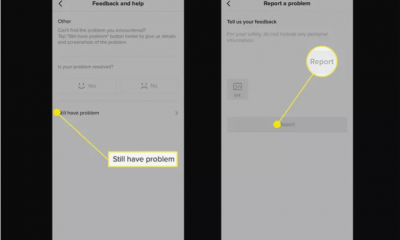Guide
What You Need to Know About Buy-to-Let Housing
The housing market has experienced rapid growth in recent months, owing to pandemic-related trends and volatility, and in spite of worrying rises to mortgage rates in the start of 2022. With house prices having risen 10% in 2021, many first-time buyers remain priced out of the market. As a result, rental properties have experienced a surge in demand, making the present time one of the most lucrative times to become a landlord.
Investing in a property is a costly venture, especially if that investment is taking place on top of an existing mortgage agreement. However, there are ways to manage the purchase of a property for the purpose of rental, chief of which is the buy-to-let mortgage scheme. But what is it, and what do you need to know?
Buy-to-Let Mortgages
Buy-to-let mortgages are a specific form of housing mortgage, and a legal requirement if you intend to purchase a property for the sole purpose of renting it out. Buy-to-let mortgages work in a different manner to standard residential mortgages, taking into account the profit-making nature of the property and involving a different method of repayment to suit.
To start with, buy-to-let mortgages often let applicants borrow more than with a residential mortgage; lenders may look at your personal income, but will also be looking at the property you aim to purchase and discerning its potential rental income over time. Their mortgage offer will be based on that figure.
In the event that you are successful in your buy-to-let application, you will then only be liable to repay the interest on the mortgage each month. The value of the mortgage is only repaid at the end of the mortgage period, either through the sale of the house or using savings incurred over time.
Legal Responsibility
Becoming a landlord involves much more than the upfront costs of purchasing and renovating a home for rental. You become beholden to various rules and laws that regulate your actions and responsibilities for tenants. These responsibilities include the safe storage of tenant deposits and ensuring the safety of facilities, amongst other laws and guidelines that protect tenant privacy as well as safety. Many landlords offset their responsibility by utilising a letting agency to manage tenant acquisition and legal frameworks on their behalf, allowing them to focus less on managing occupants and more on upkeep and repair.
Finding the Perfect Property
The first battle for becoming a landlord is in finding the right property to rent. Location is crucial for profitability, as transport links and proximity to amenities are desirable for the majority of demographics. Student areas in university cities are a strong choice with regard to income, but can be difficult to manage and expensive to buy owing to pre-existing demand from other landlords. Sub-urban areas can be cheaper to buy into, but may also require a drop in rent to entice tenants.




















